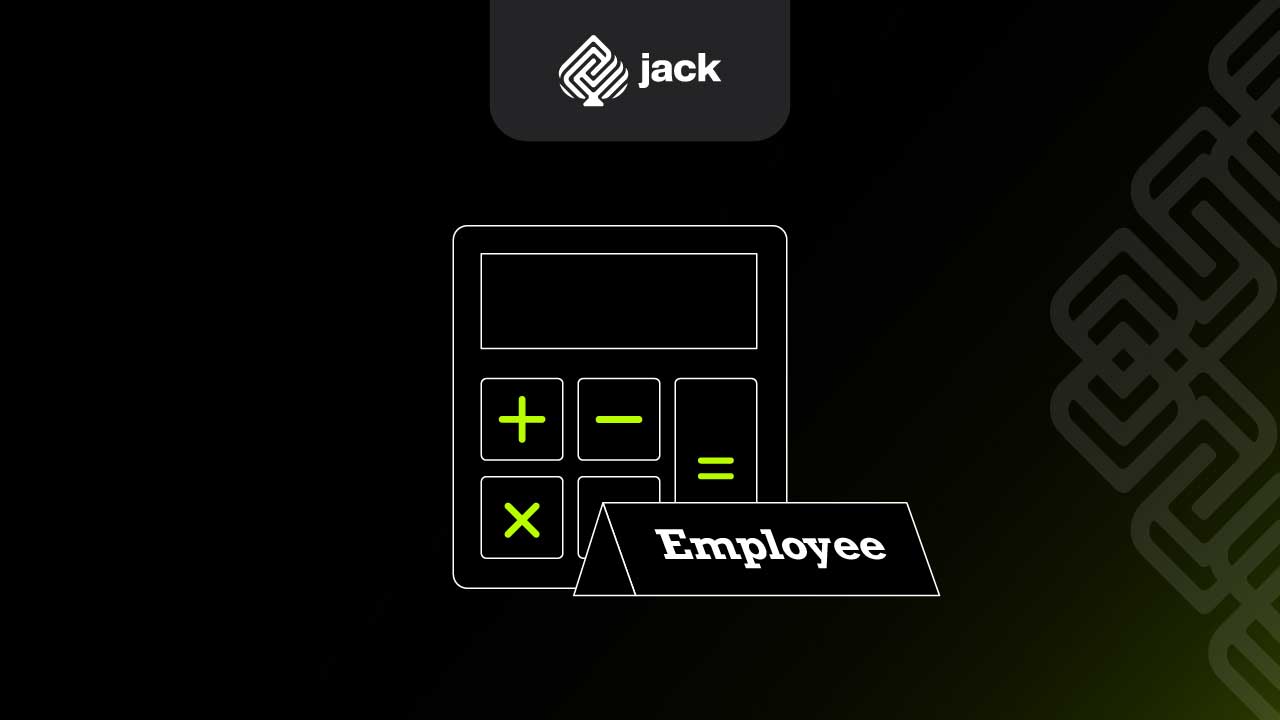Stakeholders encompass individuals, community groups, and communities who have relationships and interests in organizations, companies, and the issues being discussed.
Stakeholders play a crucial role in conducting business activities by providing assistance for the development of the goals of the respective companies.
See Also Affordable, Fast, and Easy International Transfers for Your Business
However, not all stakeholders have a positive impact on the company; although often associated with various business activities, stakeholders can be found everywhere. Stakeholders are a vital part of organizations with both active and passive roles in achieving the related company’s goals.
Functions of Stakeholders in Companies

1. Employee Function
Employees are one of the human resources or individuals appointed and assigned tasks by the company to carry out business activities. The performance of the company depends largely on the performance of all company employees, whether individual or group, and also in terms of the quality of its human resources.
2. Owner or Shareholder Function
In a business activity, it usually starts with someone’s idea related to a product or service. Subsequently, relevant parties will provide funds as capital to finance the venture.
3. Supplier Function
Suppliers are working partners who play a crucial role in companies by being prepared to meet the availability of raw materials needed. Thus, the performance of a company largely depends on the supplier’s ability to provide raw materials on time.
4. Creditor Function
Creditors are also stakeholders of the company who are part of the financial institution. They also come from individuals who are ready to provide loans to the related company.
5. Customer Function
With an understanding as customers, companies focus more on providing products or services desired by customers and expected by potential buyers. Therefore, each company has a primary interest in identifying individuals who will use its products or services, whether they are customers, competitors, or consumers.
6. Government Function
The government also plays a role as a stakeholder. For example, when having the authority to grant licenses to operate companies or businesses.
7. Competitor Function
Successful business companies usually depend on their employees’ knowledge of competitors and the roles played in doing business. The most common form of this function is direct competitors.
Direct competitors usually provide similar products or services within their industry, such as those produced by their company.
Baca Juga Corporate Credit Card: Definition, Types, Benefits, and How Cards Work for Startups
Types of Stakeholders

Generally, stakeholders are divided into two categories: internal and external stakeholders. Both types play different roles in the business world.
1. Internal Stakeholders
One type of stakeholder is directly involved in business affairs and interests. Examples of internal stakeholders include shareholders, owners, and employees.
Among all these internal stakeholders, they are groups that have a significant impact on the company’s projects.
2. External Stakeholders
External stakeholders, such as suppliers, customers, and the government, although not directly involved in business affairs, still influence business operations.
Roles and Duties of Stakeholders

1. Financial Support
Major investors are stakeholders who can withdraw or bring their money from the related company at any time. Therefore, these investors will depend on the performance and financial condition of the company to which they have provided capital.
This means investors can influence the performance of the related company or change business strategies if needed to ensure the business they are running continues to develop according to their goals.
2. Directing Management
For stakeholders involved in running businesses, such as the board of directors, they have the authority to assist the company in making decisions or future actions.
These stakeholders have the ability to provide recommendations or decisions regarding operational systems in departments such as human resources, services, or research and development to ensure their success.
3. Assistance in Decision Making
Main stakeholders, such as the board of directors or company owners, have the power to make or influence decisions made by other board members regarding the company’s business operations. These stakeholders also have the main authority in appointing senior management.
Thus, key stakeholders are involved in all areas of major decision-making for businesses run by the company. This includes decisions related to the liquidation and acquisition of companies.
4. Social Responsibility
Stakeholders have roles and responsibilities as the conscience of the related company. With stakeholders, companies can comply with human rights and environmental laws.
Moreover, with stakeholders, companies can also help or oppose decisions made in business operations if those decisions may harm the long-term goals of the related company.
Even stakeholders also have social responsibilities that can be carried out on other stakeholders including consumers, employees, shareholders, suppliers, and the community and environment.
See Tutorial Account Verification Jack
Tips for Building Company and Stakeholder Relations

1. Reactive or reactive relationships
In this step, the company will realize that stakeholders cannot ignore all stakeholders. However, companies that have reached the reactive stage usually respond to stakeholders only out of necessity, so their attitude is no longer professional and more defensive.
2. Inactive or inactive relationships
In this type of relationship, the company is required to make decisions without considering other parties such as the community, government, investors, or customers. When a company reaches this phase, it usually focuses more on the goods and services it produces or sells.
3. Proactive or proactive relationships
In proactive relationships, the company starts to try to develop relationships with other stakeholders. Companies can introduce new policies that are more open and can help stakeholders to communicate directly with management.
However, the ideas given by stakeholders to the company are only considered as triggers for problems that need to be managed or merely as formalities.
4. Interactive or interactive relationships
Companies are required to have more interactive relationships with stakeholders if they want the business to run smoothly and sustainably. At the interactive stage, companies.






